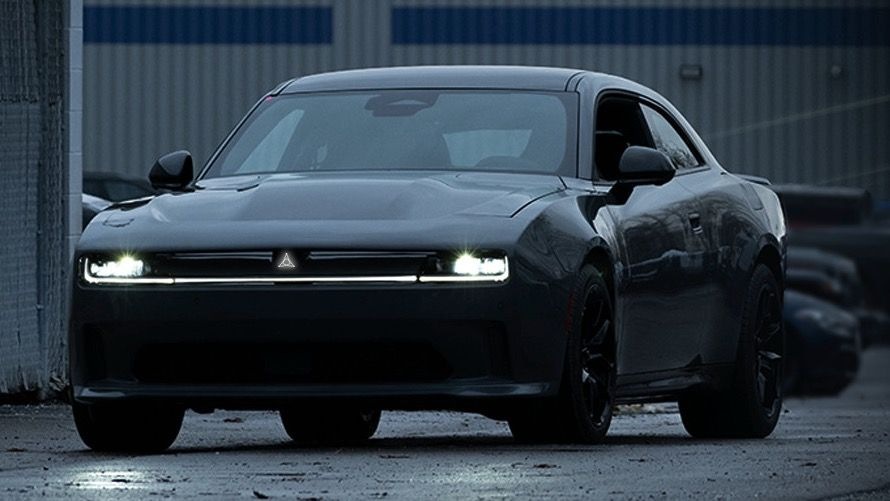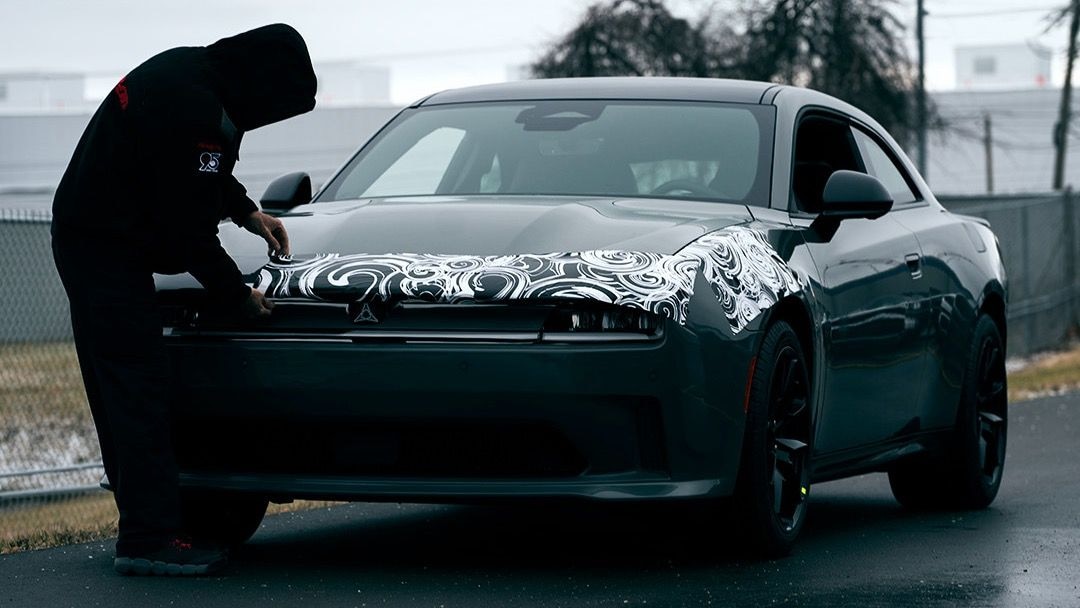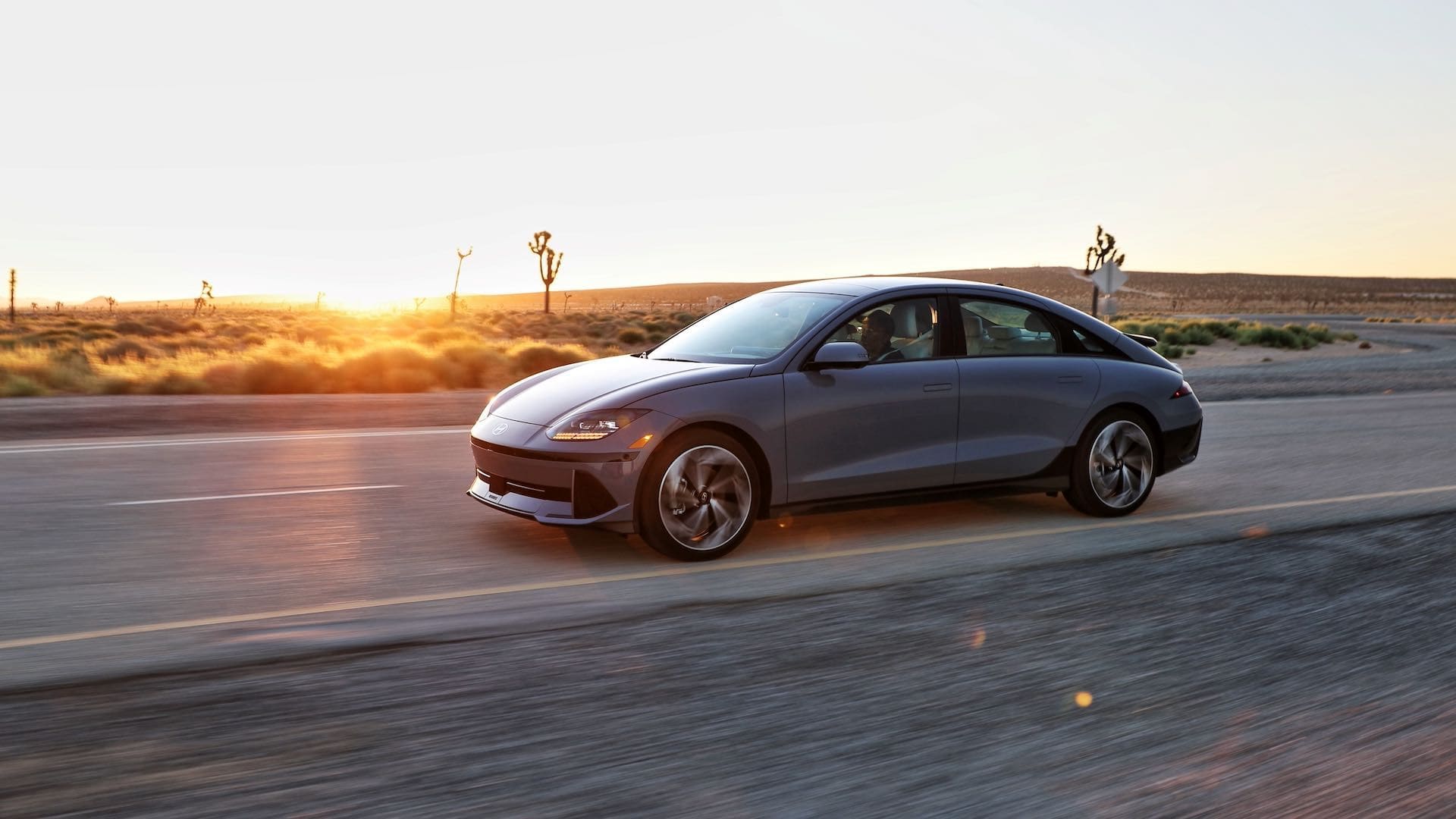The sound and feel of a V-8 roaring away is one of the biggest appeals of driving a performance car fitted with that type of engine. Given speed limits, it may even be the biggest appeal for some buyers. That all goes away with electric vehicles, but some automakers are looking at ways to keep some of the V-8 magic alive, even if it means resorting to simulations of the real thing.
One of those automakers is Dodge, which is preparing to launch an electric successor to the Challenger and Charger muscle cars. The new EV debuts on March 5 and was previewed in 2022 by the stunning Charger Daytona SRT concept.
The concept featured a sound generator known as the Fratzonic Chambered Exhaust to simulate the sound of a gas-powered car's exhaust system. It also had something called the eRupt multi-speed transmission, which simulates the feel of a transmission shifting through multiple gears. EVs typically have one or two forward gears only.
Mopar Insiders recently discovered that Dodge filed a patent application with the World Intellectual Property Organization for a system designed to make an EV vibrate like it has an internal-combustion engine under the hood.

Dodge Charger Daytona Concept
The patent application was filed last May and is for a system described as an active vibration enhancer. It would essentially rely on sensors to take in information such as motor speed, acceleration, wheel speed, and torque, and then use this to control force generators capable of making the vehicle vibrate. For Dodge's new EV, the system could make the car rumble like it has a V-8 spinning away.
The patent notes that an EV making engine sounds alone may seem unnatural due to the lack of vibrations, hence the need for the active vibration enhancer. The vibrations would show up in areas where the driver would get some tactile feel, such as the through the steering wheel and the driver's seat.
Whether such gimmicks will convince V-8 fans to make the switch to an EV remains to be seen. However, the platform underpinning the new Dodge EV, parent company Stellantis' STLA Large design, is capable of supporting gas engines, meaning some versions of the Challenger and Charger successor may be equipped with a gas engine.
Don't count on a V-8 being offered, at least from the factory. Stellantis is phasing out the V-8 across its lineup. Rumors point to Dodge offering the twin-turbocharged 3.0-liter inline-6 known as the Hurricane, possibly in combination with a hybrid system to take power levels beyond that of the Hellcat supercharged 6.2-liter V-8.







